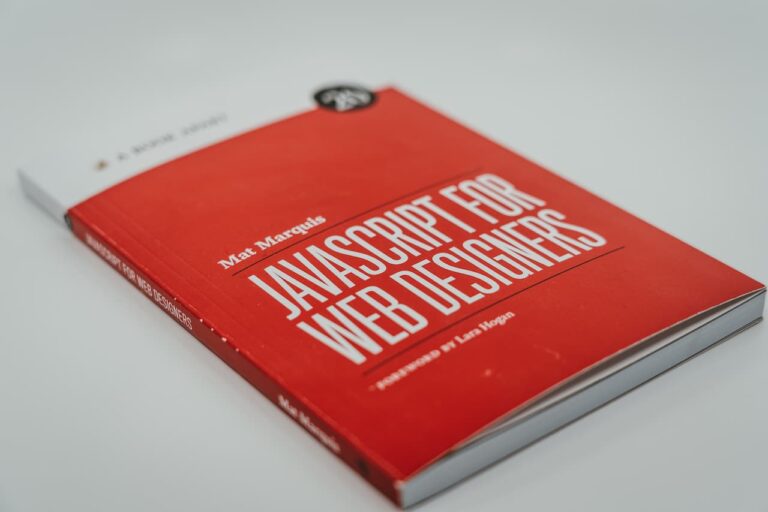Website optimization is a set of a number of methods and measures designed to bring the site to the leading positions in search engines. The speed of the site plays an important role – the more it is, the higher the page will be in the search engine results. There is also internal optimization of the site. Under it we mean an increase in convenience for users when working with the site. Here, too, is of great importance to its speed. It is known how, for example, visitors to online casinos https://onlinecasinozonder.com/ irritated by the long wait to load a gaminator. Therefore, sites related to gambling, pay special attention to the optimization of their resources.
To optimize the site should do the following:
- Move your site to the best hosting;
- Optimize the size of images on your site;
- reduce the number of plugins;
- minimize the number of JavaScript and CSS files;
- optimize the database in the CMS.
Let’s look at each item in detail below.
Move your site to better hosting
All the effort spent on optimizing your site will go to waste if it is hosted on an unsuccessful hosting site. Therefore, when choosing hosting, in addition to the cost of service, pay attention to:
- speed – the main criterion on which will depend on the convenience of user interaction with your site;
- Effective support service – so that in the case of any problems with the loading of the site they can be promptly resolved;
- guarantee of availability of your website to users – if your resource is often unavailable, it will scare away customers;
- security – various viruses can greatly slow down the speed of your site (not to mention the fact that they can steal data).
Optimize the size of images on the site
Images are a very important part of a web page. Often visitors pay attention to the images first, and only then to the text. Therefore, it is important that images are loaded quickly.
Here you need to pay attention to two points:
- Try not to resize images by specifying their height and width in HTML. With HTML, resizing an image does not change its weight. Therefore, it is better to use any image editor where you want to resize the picture and save it as a new file.
- Choosing the right file format for the image. Thanks to this you can optimize the size of the file, without sacrificing the quality of the picture. For example, PNG files are larger than JPG files because they allow the use of transparent images. If you do not need this feature, it is better to choose the JPG format.
If the image files are still large, you can resort to a number of special tools that allow you to reduce the weight of the image, such as RIOT or PNGOUT.
Reducing the number of plugins
Often sites are slow because of the large number of installed plug-ins that unnecessarily burden the server. This is especially true of the WordPress engine. Therefore, you should reduce the number of plugins to a minimum, leaving only the most necessary. This will speed up the page.

Minimize the number of JavaScript and CSS files.
These files greatly affect the loading speed of the site.
- Files like CSS especially slow down loading. When a user opens a web page, his browser must first load and read all the CSS, and only then create HTML elements. Therefore, you should minimize the amount of CSS. In addition, it is worth removing all the styles that are not used on the site. To simplify the removal of unnecessary styles, you can use special tools, such as PurgeCSS. Highlighting critical CSS will also help. This is CSS which is required to style only that part of the web page which is visible to the screen when the site loads. Therefore, the best solution is to have only the critical CSS loaded when the web page loads, and to start loading the rest of the CSS only when the page is fully loaded.
- JavaScript files affect how quickly a web page loads before it starts interacting with the user. After all, the browser must not only load the JavaScript files, but also spend time and resources processing them. In this case, the whole page may be loaded, but the user is not yet able to perform any actions on it, or the response to these actions is very slow. Therefore, the number and size of JavaScript files should be reduced to a minimum.
Optimizing the database in the CMS
By optimizing the database (DB) means to fix bugs that appeared in it earlier. These errors lead to a reduction in the speed of the site. Therefore, it is important to optimize the database to remove unnecessary and outdated information from them in a timely manner. Different popular CMS-engines have different methods of optimization. For example, the optimization of databases WordPress based on the removal of irrelevant pages. In the engine Joomla and Drupal need to remove unused extensions, set the compression of pages, include caching. Some CMS allow you to use special plug-ins to optimize the database. For example, in WordPress you can use the plugin WP Clean Up.
What will I get optimized site?
Optimizing your site will make your web resource more convenient for users. As a result, it will increase the likelihood that they will return to your site after their first visit. And this kind of customer retention is an important part of the marketing strategy of any business.
Optimizing your site will increase its position in search engines and attract more people to it. As a result, you’ll be able to get more visitors to your site.


